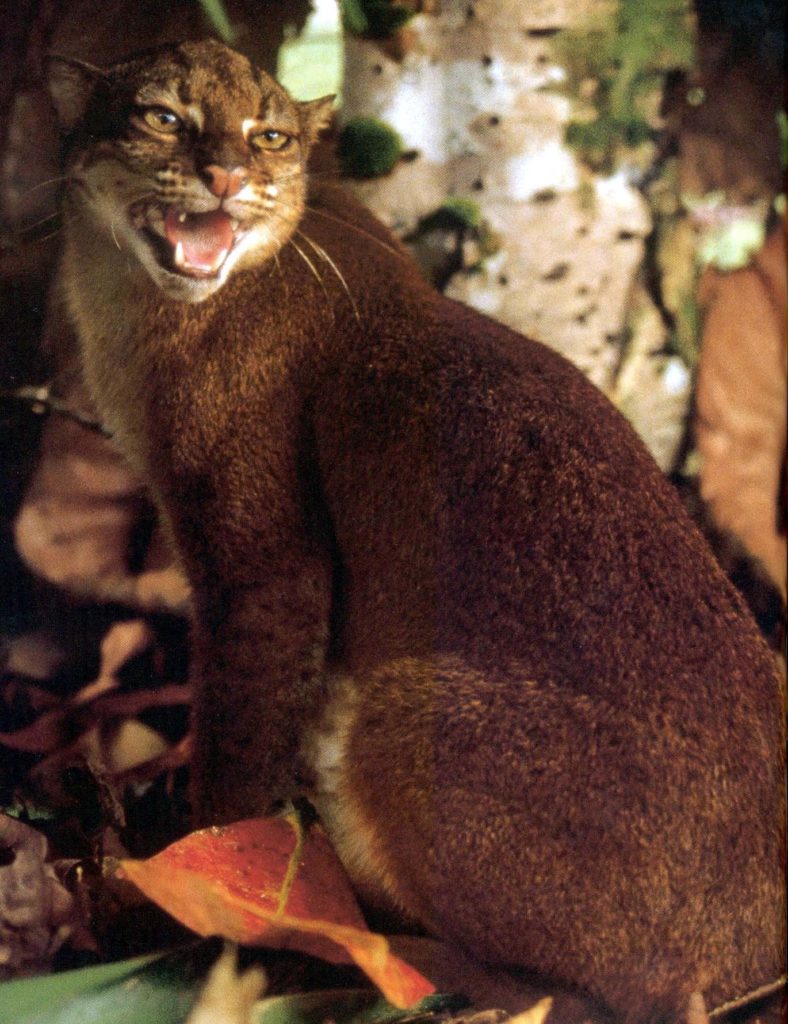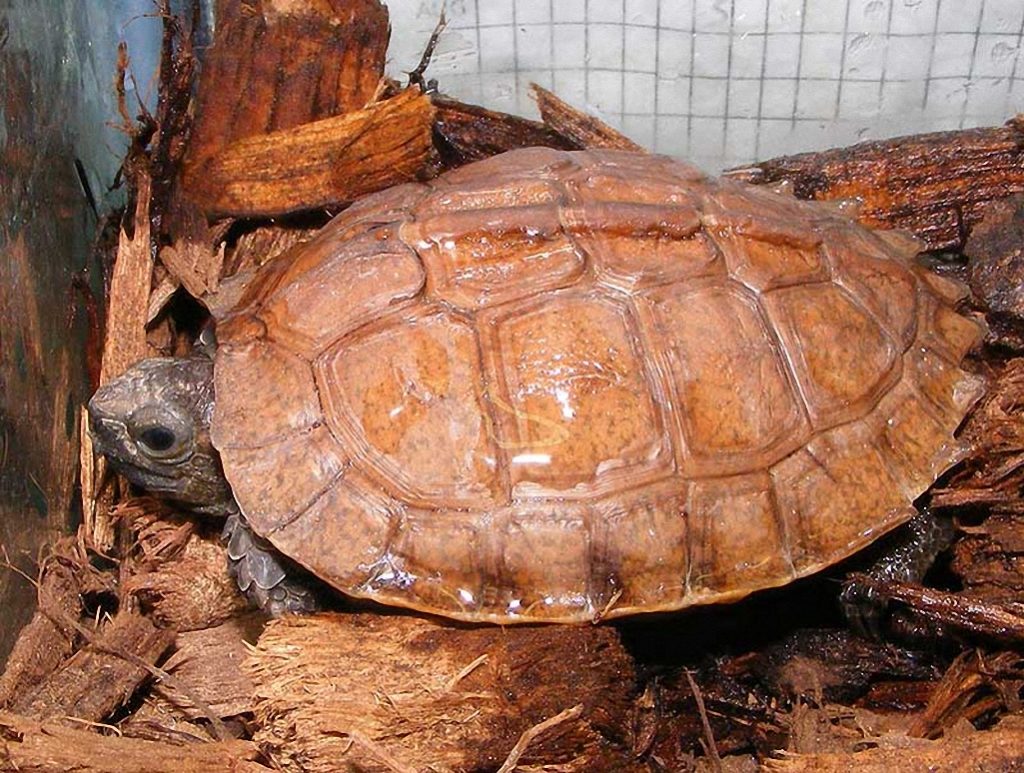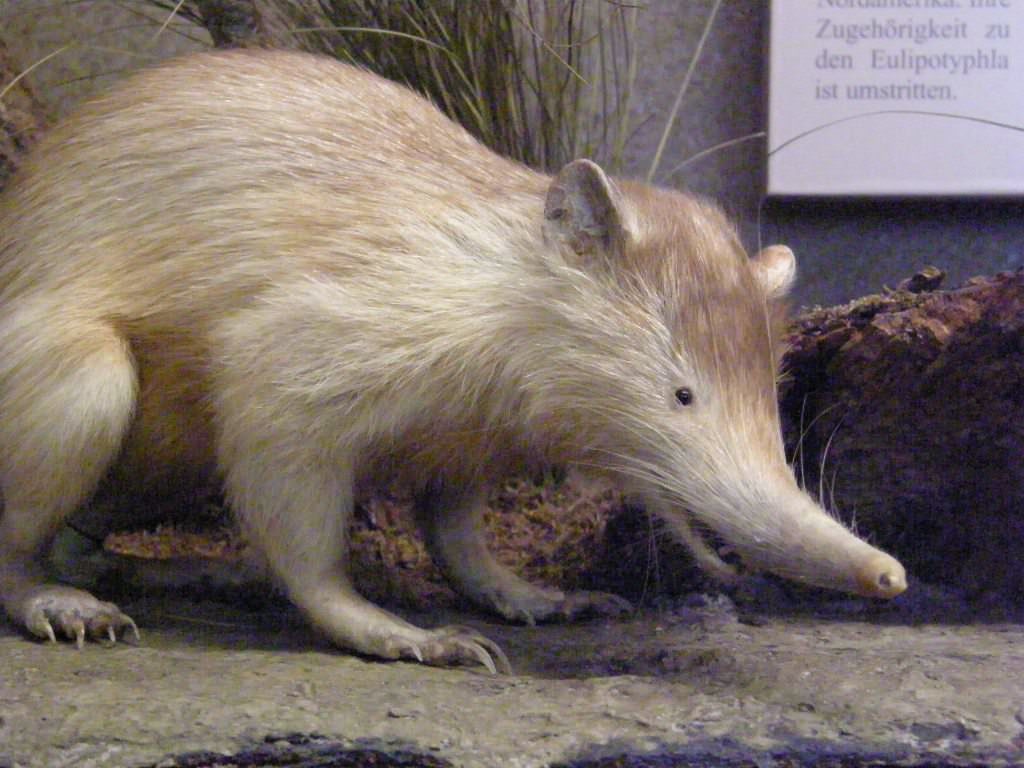The nature is amazing, new species of animals, fish, insects constantly appear on the planet, but at the same time others disappear. Typically, such species are considered to have disappeared without a trace, but there are times when, after dozens, or even hundreds of years, representatives of the species are found in completely unexpected places.
Dinosaur ant
A dinosaur ant is an insect that looks exactly the same as it did 100 million years ago. Surprisingly, scientists found the first individuals of these insects only in 1931 in Australia, but after a few years they were considered extinct, since they could not find dinosaurs anymore.

But 40 years later, in 1997, a whole colony of dinosaur ants was found, one and a half thousand kilometers from the place where the first colony was discovered in 1931.
Rock flying squirrel
The rocky flying squirrel is not only the largest among similar animals, but also the rarest. She lives in the mountains in northern Pakistan in those places where it is extremely difficult for a person to get. Scientists learned about this unusual form of rodents only after their skins were discovered in local markets in Pakistan. For many decades after this, the animal did not fall into the field of vision of scientists and it was decided to consider them extinct.

Only in 1996, several rocky squirrels met in the Himalayan and Tibetan forests, after scientists reconsidered their decision. To date, only 10 representatives of these rodents are officially registered.
Przewalski’s horse
The last horses of Przhevalsky were especially met in Mongolia in 1969. That year was marked by severe frosts, the food supply was reduced by 10 times and the horses simply had nothing to eat, from which they gradually began to die. This was also facilitated by the fact that in those years the hunting of wild horses for fun was more frequent. A year later, Przhevalsky’s horses were included in the list of extinct animals.

Two years later it turned out that about a dozen horses live in private stables, which were bought and settled in zoos in order to restore the population. In 1990, there were already about one and a half thousand individuals, and since 1992 they began to be released into the reserves of Russia, Ukraine, Mongolia, Kazakhstan and China.
Kalimantan cat
The first information about the Kalimantan cat appeared in 1874, but then there was no question of registering a new species, since it was learned about it from the skin and skull, which were taken from the poachers. According to the studied remains, it was unequivocally established that previously such animals did not fall into the hands of scientists, but it was not possible to catch a living individual. For the first time, a Kalimantan cat came into objective camera in 1992. After several weeks of hunting, the scientists managed to catch the animal and deliver it to the zoo for breeding.

Unfortunately, the cat could not wait for a couple and died in captivity. Due to the death of the only officially registered Kalimantan cat, the species had to be recognized as extinct from the face of the Earth. Only 10 years later, in 2002, it was decided to change the status to “disappearing”, as several individuals were photographed. It is still unknown what kind of lifestyle these nocturnal animals lead and how many individuals live in nature.
Arakan Forest Turtle
Almost a hundred years ago, the Arakan forest turtle was considered an extinct species. These freshwater were very popular among the inhabitants of Myanmar – they were eaten, made medicines, used the shell as a dish, which led to the extinction of the species.

In the mid-1990s, local individuals of exotic reptiles began to appear in the markets of Myanmar, but it was not known for certain that this was the Arakan forest turtle. Only in 2008, a group of researchers found 5 individuals of the species in impenetrable bamboo thickets, which gave rise to transfer the species to the list of “endangered”.
Cuban Scratchfish (Tacuache)
In 1970, the Cuban crabfish was considered a completely extinct species, since no one had met the species since 1890. And before that, individuals were extremely rare, only 36 were officially registered in the entire history of the study of takuaha.

These small animals are somewhat reminiscent of a rat and are distinguished by curiosity and very toxic saliva. They lead mainly a nocturnal lifestyle, spend most of the time in burrows in the ground, although they can easily climb onto vertical surfaces.
In 1974, scientists made a joyful statement that several individuals of the Cuban scabies were discovered in Cuba, but their population is rapidly declining and there is a risk that they will die out completely.
Unfortunately, in the modern world a lot of animal species are on the verge of extinction, and most often people are to blame.
